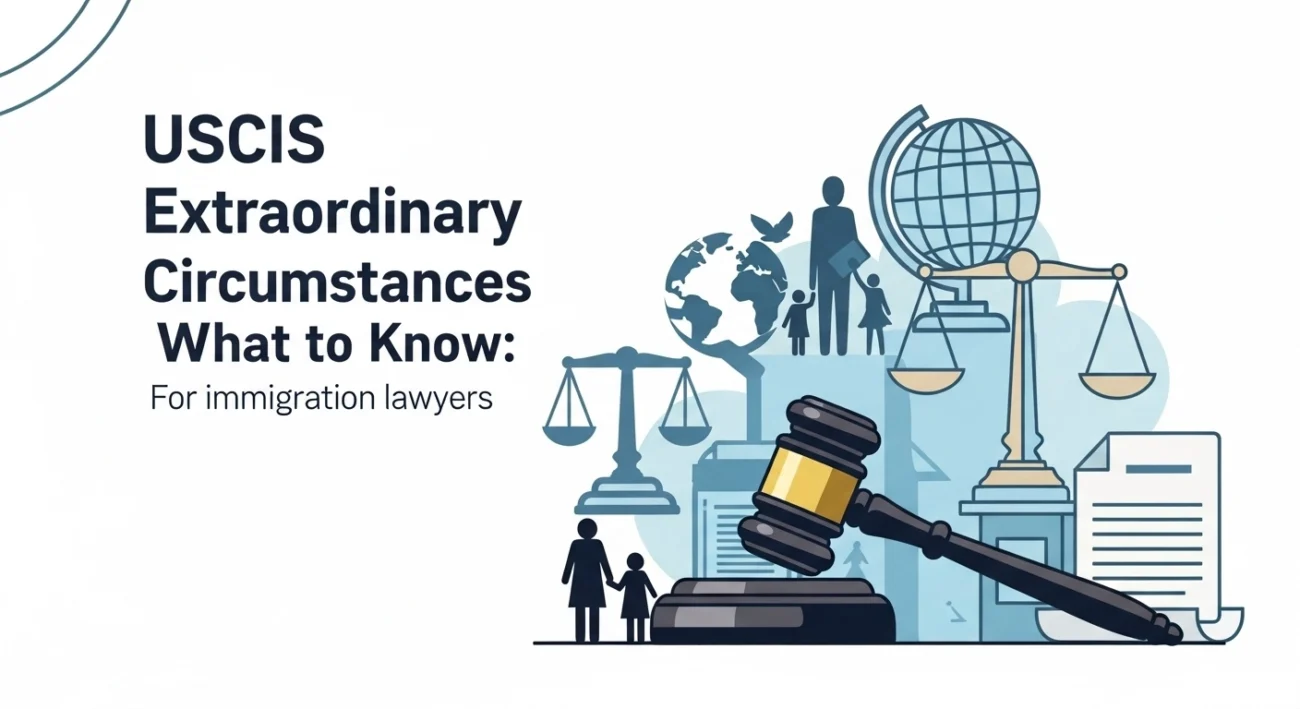
Labour law in US is a mix of federal, state and sometimes city rules that protect workers and set ground rules for employers. At the federal level, the Department of Labor (DOL), the Equal Employment Opportunity Commission (EEOC), the National Labor Relations Board (NLRB), and OSHA handle most of the action, from wages and overtime to safety and discrimination. States then add their own layers often stricter and local ordinances can stack on top.
Know Your Core Federal Protections First
The foundation of labour law in US includes the Fair Labor Standards Act (FLSA) for minimum wage and overtime, the Family and Medical Leave Act (FMLA) for unpaid job protected leave, OSHA for safety, and anti discrimination laws enforced by the EEOC. These set the baseline across the country; states can go beyond but not below. The DOL’s official “Worker Rights” hub is an excellent starting point if you need quick definitions and links to complaint forms.
Understand Wages and Overtime Without Getting a Headache
Under the FLSA, the federal minimum wage is the floor, and many states set higher rates. Overtime is generally time and a half for hours worked over 40 in a workweek unless you fall into specific exemptions. Recently, the federal overtime threshold for many salaried workers increased, expanding who must be paid overtime. As of July 1, 2024, many salaried employees under $43,888 must receive overtime, with a further increase to $58,656 scheduled for early 2025. Check your state for even more generous rules.
Know When You Can Take Time Off for Life’s Big Moments
The FMLA gives eligible employees up to 12 weeks of unpaid, job-protected leave for family and medical reasons, like welcoming a new child or caring for a serious health condition. Coverage depends on employer size and your tenure. Some states go further, offering paid family leave programs that stack on top of FMLA’s federal protections. The DOL’s FMLA pages explain eligibility and how to apply in plain terms.
Keep Your Workplace Safe and Your Voice Heard
OSHA requires employers to provide a workplace free from recognized hazards and to train you in a language you understand. You can file a safety complaint and you’re protected from retaliation for speaking up. OSHA’s worker page lays out your rights with simple examples, and it links directly to complaint options if you need them.
Recognize and Report Discrimination the Right Way
Federal law bans discrimination based on characteristics like race, color, religion, sex (including pregnancy, sexual orientation, and gender identity), national origin, disability, age (40+), and genetic information. The EEOC’s “Know Your Rights” poster sums this up and tells you how long you have to file a charge. Deadlines can be short often 180 or 300 days so move quickly if you suspect bias.
Understand Union Rights and Collective Activity Even if You’re Not Unionized
The National Labor Relations Act protects your right to join together with coworkers to improve pay and working conditions union or not. You can discuss pay, organize, or act together on workplace issues. The NLRB enforces these rights, and recent news shows how active and contested this space can be, with high-profile disputes and shifting state-federal lines of authority.
Spot the Difference Between Federal, State, and Local Rules
Labour law in US stacks like this: the federal government sets minimum standards; states can add stronger protections; cities can add even more in areas like paid sick leave or predictive scheduling. For quick, trustworthy summaries that link to the right agencies, USA.gov provides clear overviews and directs you to state resources. When in doubt, check federal first, then your state labour department, then your city’s website.
Use This Quick Reference Table When You Need a Fast Answer
| Law / Topic | What it covers | Who enforces it | Who’s covered | Key right in one line | Where to learn more |
|---|---|---|---|---|---|
| Minimum wage & overtime (FLSA) | Minimum wage, overtime, child labor, recordkeeping | DOL Wage & Hour Division | Most public & private workers, with exemptions | Time-and-a-half over 40 hours unless exempt | DOL Worker Rights; 2024–25 overtime threshold updates |
| Family & medical leave (FMLA) | Unpaid, job-protected leave for family/medical reasons | DOL Wage & Hour Division | Eligible employees at covered employers | Up to 12 weeks unpaid leave with job protection | DOL Worker Rights |
| Safety & health (OSHA) | Safe workplace, training, protective equipment | OSHA | Most private-sector workplaces | Report hazards; no retaliation | OSHA Worker Rights |
| Anti-discrimination (Title VII, ADA, ADEA, GINA) | Hiring, pay, harassment, firing, accommodations | EEOC | Most employers over set size thresholds | No discrimination or harassment; reasonable accommodation | EEOC “Know Your Rights” poster |
| Union & concerted activity (NLRA) | Organizing, bargaining, protected concerted activity | NLRB | Most private-sector workers (some exclusions) | Discuss pay, organize, act together | NLRB guidance & recent cases in the news |
| Government overviews | Simple explainers and state links | USA.gov | Public | One-stop navigation to laws and agencies | USA.gov Labour Laws, Workplace Laws |
Learn The Special Rules for Young Workers and Tipped Workers
If you’re under 18, there are strict limits on the kinds of work and hours you can do. For tipped employees, federal law allows a lower cash wage if tips make up the difference, but many states require higher pay or ban the tip credit. The DOL’s worker resources pull together the specifics and tell you how to complain if something’s off with your pay.
See How Layoffs and Plant Closings Must be Handled
Under the WARN Act, large layoffs and closings generally require advance notice to workers. The exact triggers are technical often tied to headcounts and percentages at a site so check official guidance or a state resource if your workplace announces a reduction. Overviews that summarize WARN are available in federal reference sources that track major employment statutes.
Know the Line Between Employees, Independent Contractors, and Gig Workers
Whether you’re an “employee” or an “independent contractor” affects pay, taxes, benefits, and legal protections. Multiple tests exist at federal and state levels, and they don’t always match. As on-demand work grows, states are updating rules and enforcement. Because misclassification is common, the DOL and state sites now highlight how to check your status and what to do if you’re mislabeled.
Keep an Eye on Fast Changing Topics Like AI Monitoring and Remote Work
New tech brings new questions: time tracking apps for remote workers, AI scheduling, and automated monitoring can all create wage-and-hour or privacy issues if used incorrectly. While there isn’t one single federal “AI in the workplace” law yet, your existing rights like being paid for all hours worked and having a safe workplace still apply. HR and legal resources are updating guidance frequently to help employers stay compliant.
Follow a Simple Path if You Need to File a Complaint
If you think your pay is short, start with the DOL Wage and Hour Division; for discrimination or harassment, go to the EEOC; for safety, go to OSHA; for union retaliation or interference, go to the NLRB. USA.gov’s labour law pages also point you straight to the right forms and hotlines, which can save you time.
Keep Documentation Like a Pro Even if You’re Not a Lawyer
Save copies of schedules, time sheets, emails, texts, and any policy documents. If you’re remote, note log-in and log-out times and any required “off-the-clock” tasks like mandatory messaging. Good records speed up agency investigations and make it easier to calculate back pay if that becomes necessary. Federal overviews stress recordkeeping duties for employers, and your notes can fill gaps.
Final Word
Labour law in US isn’t meant to be a mystery. If you remember the five pillars wages and overtime, leave, safety, discrimination, and organizing you’re already ahead. This guide gives you the what, who, and how, and it adds current changes like the new overtime thresholds and fast-moving labor-relations news so you can make smart choices today. Bookmark this page, use the table when questions pop up, and don’t hesitate to contact the right agency when something feels off.
Need more help?
Call, email or chat a member of the Answer Connect team today!
How Long Does a Divorce Take in Illinois
-
Posted by
 Emily C. Walsh (Family Law)
Emily C. Walsh (Family Law)
- 0 comments
USCIS Extraordinary Circumstances Exception: What to Know
-
Posted by
 Jan H. Brown (Immigration Law)
Jan H. Brown (Immigration Law)
- 0 comments
Chat with a LiveHelp Operator now!
Need help finding what you need?
Chat with a live operator Monday to Friday, 9 AM to 5 PM (NY Time).
Please note that LiveHelp is unavailable on most holidays. Before chatting, review our privacy policy for more information.




